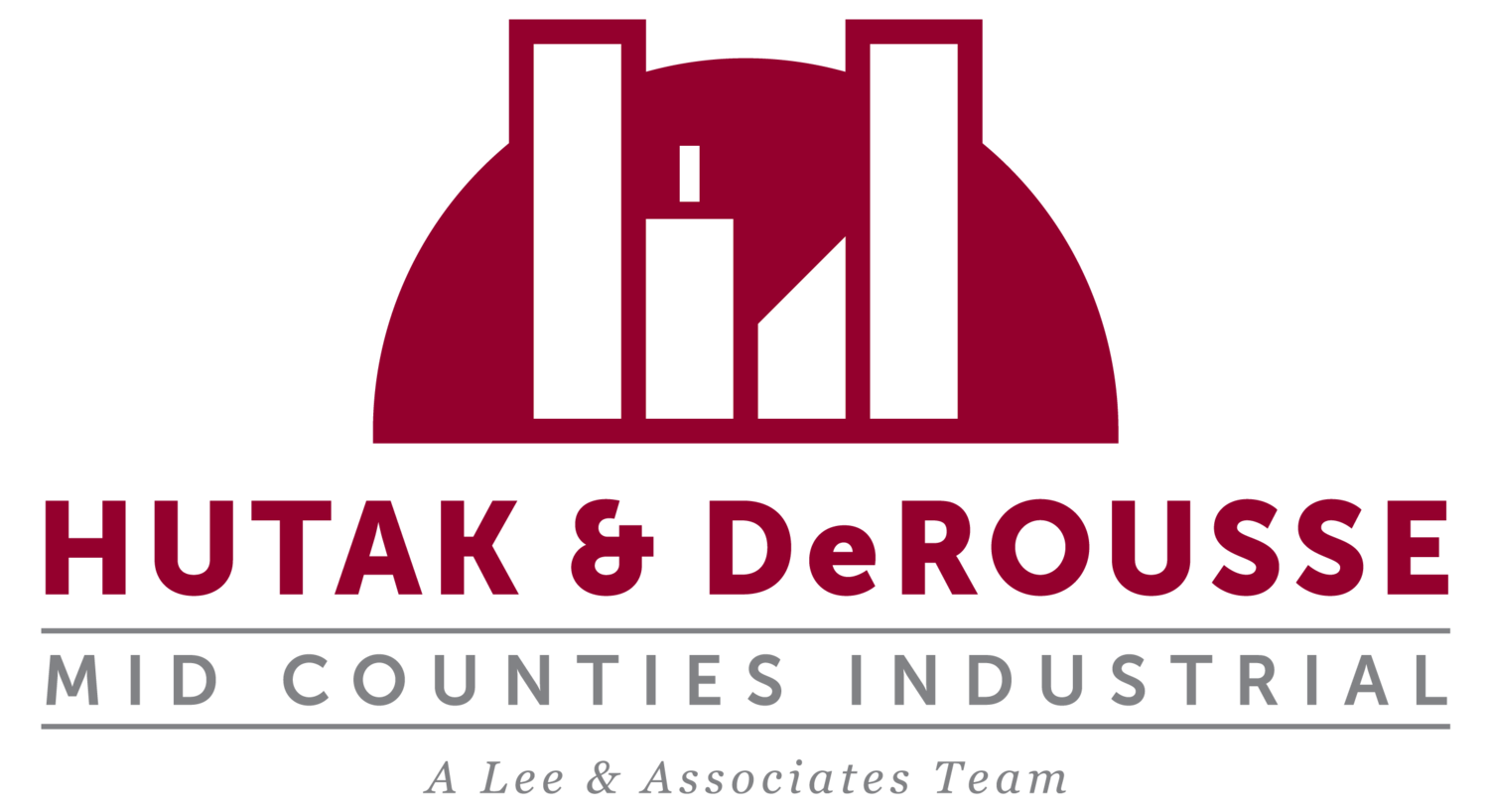If you have recently been in the market for a good quality industrial building then you know first-hand just how tight market conditions are. Vacancy is at an all-time low, just .57% in the Mid-Counties region in Q4 of 2021. Why is this the case? Didn’t we just go through a pandemic that shut businesses down and sent our employees home? Didn’t we just send checks to most of our citizenry to help them meet their basic needs? Didn’t the SBA initiate multiple emergency loan programs to keep businesses from collapsing?
Yes to all of the above, but the industrial market seemed not to skip a beat (after an initial shock that lasted a matter of weeks) and continued its bull run of rising prices and lower vacancy. Now, space is even harder to find than it was two years ago and is considerably more expensive. Why? Let’s take a look at some of the main reasons.
First of all, it is important to know that the industrial market had been tightening for over a decade before the pandemic hit. The recovery from the Great Recession was the fastest and most prolific of all recoveries to date, and that helped to support the market through the pandemic. In retrospect, the COVID-19 crisis turned out to be just a minor speed bump in an upcycle that continues today. In fact, it can be argued that the pandemic actually accelerated the recovery due to the increased reliance on e-commerce to meet the needs of consumers from coast to coast.
Now that the general economy is back in growth mode, that sector continues to grow even faster, as online retailing is now even more widely accepted by consumers. There is little doubt that e-commerce is here to stay. That bodes well for industrial property investors, as e-commerce users primarily use industrial space to distribute their goods.
Initially, e-commerce users operated primarily out of large facilities in major distribution hub markets like the Inland Empire. They still do for the most part. But, competition has encouraged the e-commerce industry to speed up delivery times to capture market share, and that has led to more so-called “last mile” locations that are smaller and closer to the final destination of each package. This has, in turn, increased the demand for space in areas like Orange County and the Mid-Counties, adding pressure on supply, as other industrial sectors also continue to grow and compete for space.
It is not unlike the current supply chain issues we hear about in the news every day. Demand for goods is rising quickly while the supply side of the equation is playing catch-up after the pandemic-induced slowdown in production. Add the shortage of workers to move goods from the ports, and you’ve got a full-blown supply crunch on your hands.
Short supply is also the problem for the Mid Counties industrial real estate market. Strong demand from expanding businesses has absorbed essentially all of the existing inventory while the supply of new industrial inventory is at a standstill. So, why not just build more buildings to meet demand? Two reasons: the high cost and low availability of land. The Mid Counties is an “infill” market, meaning it is nearing full build-out with few sites remaining for ground-up development. That leaves the redevelopment of existing sites as the major source of new inventory, and there is just not enough of that in the works to satisfy the insatiable demand for space we are experiencing. Plus, many of the potential industrial development sites make more sense to developers of multi-family and mixed-use projects, further limiting the future supply of industrial space. Thus, the supply problem is likely to get worse rather than better going forward.
Scarcity has encouraged Mid Counties business owners to acquire their own facilities to reduce the risk associated with finding space in a tightening market. Owner-users are opting to pay record prices for buildings as a hedge against being forced out of the area when their leases would otherwise expire. They also tend to be long term property holders, which slows down the turnover of available buildings.
On top of all this, the existing inventory of industrial product is aging, most of it having been built in the 1970’s and 1980’s. As a result, a substantial portion of the space that does make its way onto the market has elements of functional obsolescence, which makes it unsuitable for the efficient operation of many industrial applications. So, from a practical point of view, the vacancy rate is actually even lower than is reported.
What’s next? Probably more of the same. Scarce availability, rising lease rates, higher sales prices. Until we have an economic event or combination of events that hits demand for industrial product hard, we are left to do the best we can with what we have. If you are a buyer or a tenant, get out in front of the problem. Always be looking even if your lease expires years in the future. If the right building comes along, pursue it now. Chances are your landlord would be happy to take the space back because you are probably paying well under current market lease rate. You are not as stuck as you think you might be..
In the meantime, gives us a call to discuss your current situation. We just might be able to help.

